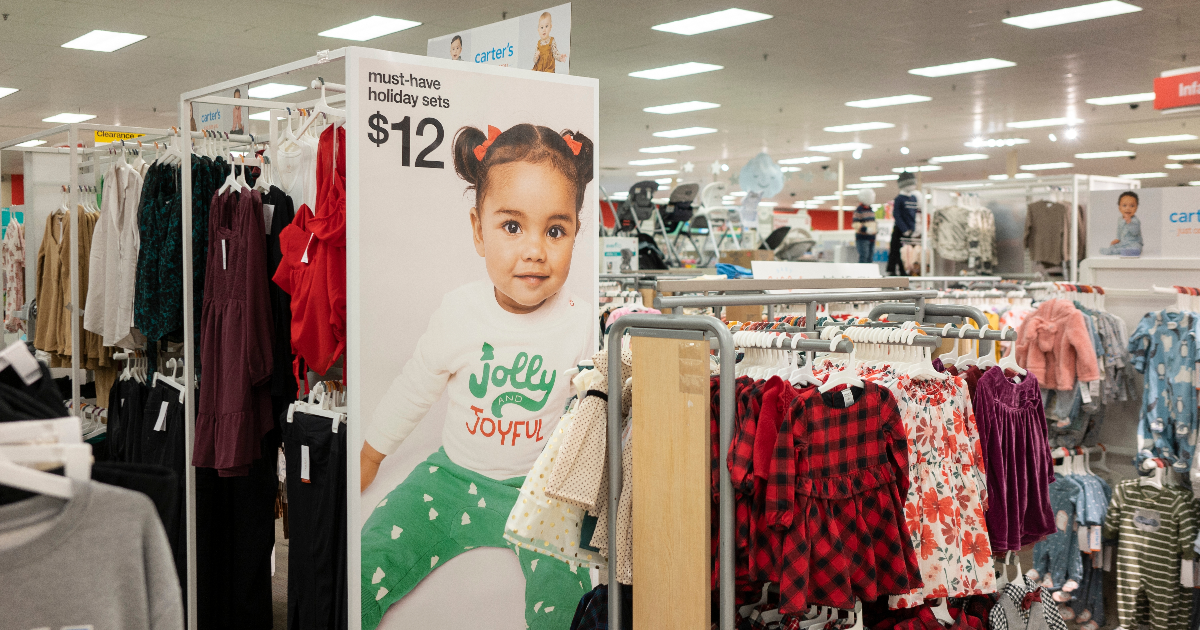Copyright Parade

There are some brands and stores that just feel synonymous with childhood, and Carter’s is definitely one of them. The company clothes preemies through tweens (and even sells adult-sized holiday pajamas so that families can match), but despite their long history in the retail business, Carter’s is facing tough financial times. During Carter’s’ third quarter fiscal results call for investors on Oct. 27, some big cuts were announced in an effort to steady the retailer’s business. And, unfortunately, this includes closing some stores within the next three years. 🎬 SIGN UP for Parade’s Daily newsletter to get the latest pop culture news & celebrity interviews delivered right to your inbox 🎬 “There’s still meaningful work to do for Carter’s to unlock its full potential in terms of exceeding both consumer and shareholder expectations,” said Douglas C. Palladini, the company’s Chief Executive Officer & President. “Our team is acting decisively to improve the company’s financial performance.” According to Palladini, that includes closing “low-margin” retail stores and “right-sizing” their organization, meaning that 300 office-based jobs are going to be eliminated. On top of that, Carter’s’ Board of Directors is choosing to reduce their own 2026 salaries to get things back on track. Which Carter’s Stores Are Closing? The retailer hasn’t announced which specific locations will be shuttered, but it will involve roughly 150 locations and they will close when their leases are up. One hundred of those stores will shut their doors for good between 2025 and 2026. Recently imposed tariffs on imported goods have made it more expensive for companies like Carter’s to bring in products from overseas. Last year, they already paid about $110 million in import fees, and this year, those costs are expected to jump by another $200–$250 million. Most of the company’s products come from Vietnam, Cambodia, Bangladesh, and India, with only a small amount from China. To deal with the higher costs, the company plans to adjust where it makes its products, share some of the costs with suppliers, tweak its product mix, and likely raise prices for shoppers and retailers. Even with these changes, it still expects to lose about $25–$35 million in profit next quarter. Because of all the uncertainty around these new tariffs, the company has decided not to give financial forecasts for the rest of 2025. Carter’s is hardly the first company to be impacted by increased tariffs and won’t be the last to adjust its business strategies (and product prices) going forward.



